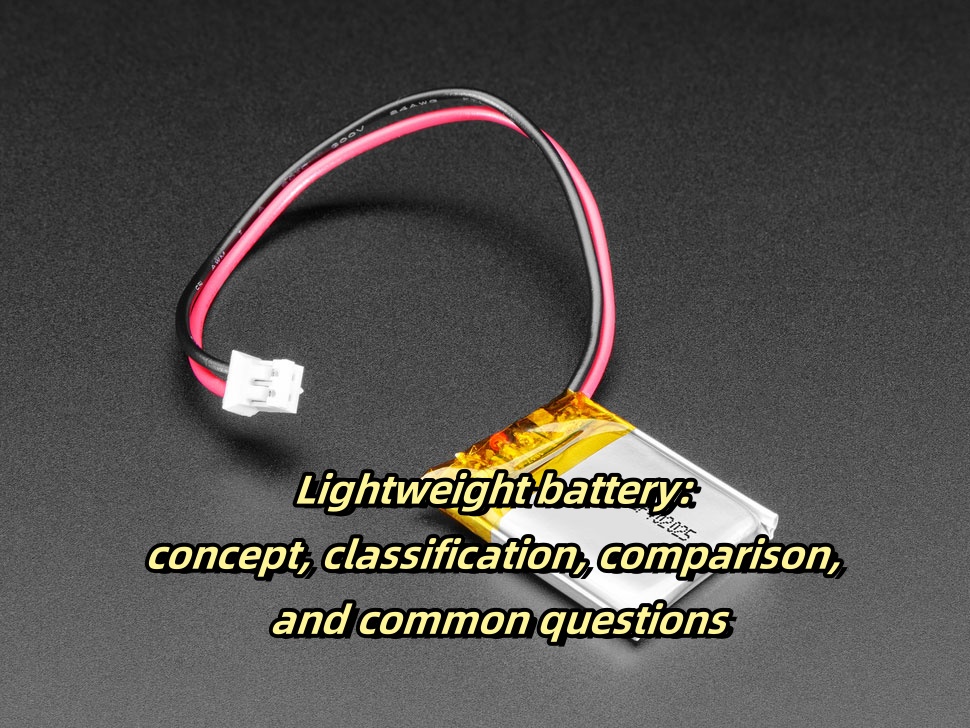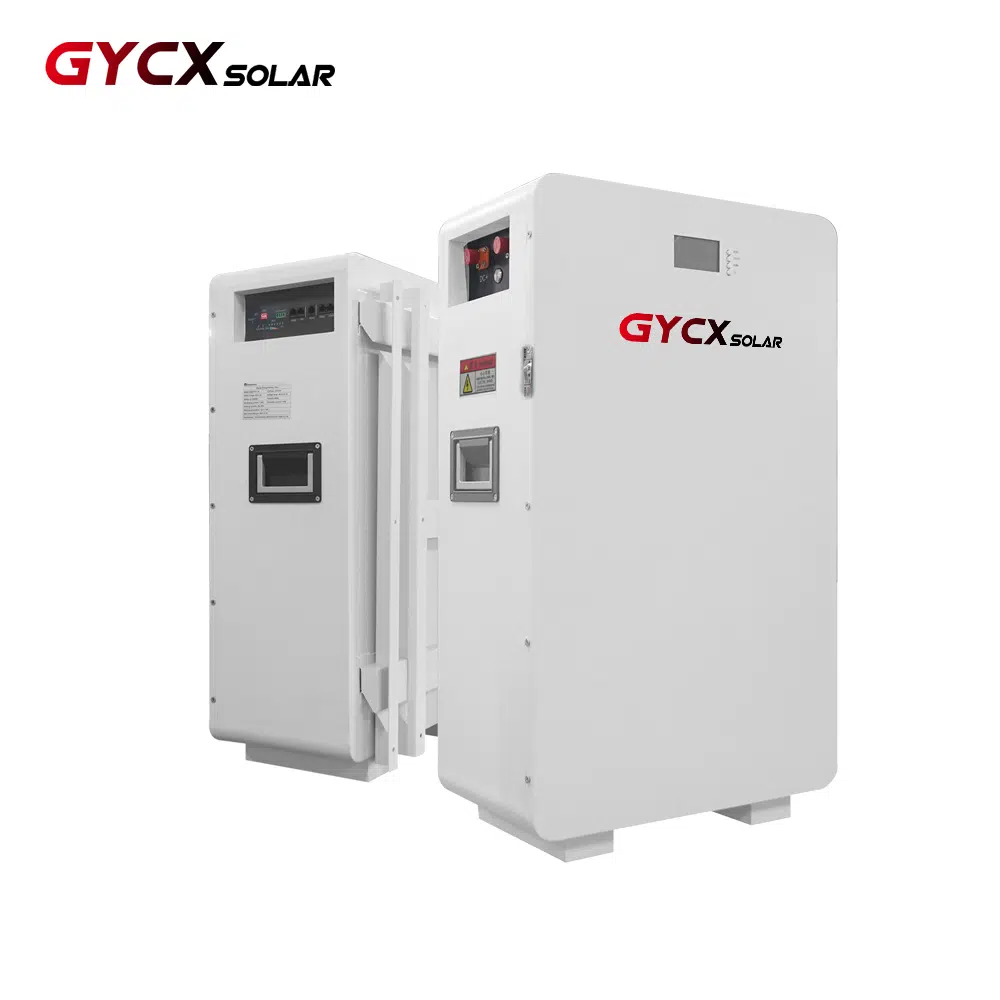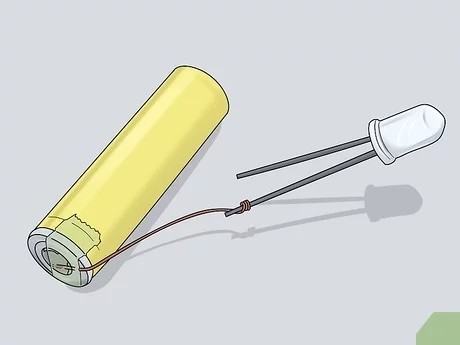Lightweight battery have now become an indispensable component in many fields.
They provide power for smartphones, laptops, electric vehicles, and wearable devices, and the demand for high-performance lightweight batteries continues to grow.
In this detailed guide, we will delve into the definition of lightweight batteries, analyze their different types, and compare them to assist you in making informed choices based on your energy needs.
What is a lightweight battery?

Definition of lightweight battery:
A lightweight battery is an energy storage and transmission device designed for lightweight devices, aimed at providing stable power without adding extra weight.
Its design focuses on portability and efficiency.
Battery components:
Electrode:
The part of a battery that undergoes chemical reactions to store and release energy.
Lightweight batteries typically use electrodes made of lightweight materials such as lithium, which have high energy density and are lightweight.
Electrolyte:
A substance that allows ions to move between electrodes and promotes the flow of electric current.
In lightweight batteries, electrolytes are often in liquid or gel form and are chosen due to their good conductivity and stability.
The diaphragm:
A thin film that prevents direct contact between electrodes while allowing ions to pass through, prevents short circuits, and ensures safe and efficient operation of the battery.
Shell:
The outer protective structure of the battery is used to protect internal components and provide physical support.
Lightweight batteries are typically made of lightweight materials such as plastic or aluminum to minimize weight while maintaining their durability.
Types of lightweight batteries
Lithium ion battery:

Composition:
Lithium ion batteries are composed of lithium-ion units, including lithium based cathodes, graphite based anodes, and electrolytes.
Characteristic:
Lithium ion batteries are known for their lightweight structure and high energy density.
They can charge quickly, have a long service life, and have a low self discharge rate.
These lightweight batteries are also favored for their low maintenance requirements and wide operating temperature range.
Application areas:
Lithium ion batteries are widely used in consumer electronic devices, electric vehicles, and renewable energy storage systems.
They provide portable and reliable power support for daily use of devices such as smartphones, laptops, tablets, and power tools.
Overview of Lithium Polymer Batteries:
Structure:
Lithium polymer batteries use polymer electrolytes instead of traditional liquid electrolytes, making battery design more flexible and lightweight.
Advantages:
Compared to conventional lithium-ion batteries, lithium polymer batteries are lighter and thinner, enabling more creative and space saving designs.
They also have high discharge rates and optimized safety performance, making them ideal for applications that require lightweight and compact power supplies.
Purpose:
Lithium polymer batteries are commonly used in drones, remote-controlled vehicles, and wearable devices, especially in situations where space and weight are strictly limited.
They are also popular in the medical and aerospace fields because these applications have extremely high requirements for reliability and safety.
Solid state battery:
Material Science:
Solid state battery uses solid electrolyte instead of liquid or gel electrolyte, which improves the safety and energy density of the battery.
Characteristic:
Compared to traditional lithium-ion batteries, solid-state batteries are lighter, safer, and have higher energy density.
They have longer cycle life and faster charging speed, making them an ideal choice for high-performance and reliable power supply applications.
Application prospects:
Although still in the research and development stage, solid-state batteries have shown great potential in electric vehicles, portable electronic devices, and renewable energy storage systems.
Its compact design is particularly suitable for applications that have strict requirements for space and weight.
Introduction to Zinc Air Battery:
Composition:
Zinc air batteries utilize zinc metal and oxygen in the air as their reactive materials, and use potassium hydroxide as the electrolyte.
Advantages:
Zinc air batteries are known for their lightweight structure and high energy density.
They can provide sustained and stable electricity, and are environmentally friendly because they utilize oxygen in the air as one of the reactants.
Purpose:
Zinc air batteries are widely used in hearing aids, and their lightweight design and long lifespan are crucial.
In addition, due to its high energy density and low cost, researchers are exploring its potential applications in electric vehicles and grid level energy storage systems.
Overview of NiMH batteries:
Composition:
Nickel hydrogen batteries use nickel hydroxide as the cathode, metal hydride as the anode, and potassium hydroxide as the electrolyte.
Characteristic:
Nickel hydrogen batteries have a lightweight structure, a good balance between energy density and safety, and are a reliable and cost-effective alternative to lithium batteries.
Application:
Nickel hydrogen batteries are widely used in various devices, including consumer electronics, hybrid vehicles, and portable electric tools.
Compared with other battery chemical components, nickel hydrogen batteries have a smaller impact on the environment and are recyclable, making them popular among users with strong environmental awareness.
Comparative analysis of lightweight batteries

1.Comparison of battery materials
Lithium ion battery:
Composed of lithium based cathode, graphite anode, and liquid electrolyte.
Lithium polymer battery:
The use of polymer electrolytes instead of liquid electrolytes makes battery design more flexible and lightweight.
Solid state battery:
The use of solid electrolyte instead of liquid or gel electrolyte enhances the safety and stability of the battery.
Zinc air battery:
Zinc metal reacts with oxygen in the air and potassium hydroxide electrolyte.
NiMH batteries:
Composed of nickel hydroxide oxide cathode, metal hydride anode, and potassium hydroxide electrolyte.
2.Battery shape and design flexibility
Lithium ion batteries are generally designed as cylindrical or square columns, and their flexibility in shape design is relatively limited.
Lithium polymer batteries can be manufactured in various shapes and sizes according to demand, making the design more innovative and space efficient.
Due to the characteristics of its solid-state electrolyte, solid-state batteries provide more design flexibility, thus creating novel external dimensions.
Zinc air batteries typically have a fixed shape and low design flexibility due to specific design requirements.
NiMH batteries are typically cylindrical or square in shape, with limited design flexibility.
3.Comparison of Charging Efficiency
Lithium ion battery:
Known for its fast charging ability, it can usually be fully charged within 1 to 3 hours.
Lithium polymer battery:
The charging rate is similar to that of lithium-ion batteries, and it takes 1 to 3 hours to fully charge.
Solid state battery:
It is expected that the charging speed will exceed that of traditional batteries and can be fully charged in less than an hour.
Zinc air battery:
The charging rate may vary by model, but it is usually slower than lithium-ion batteries and takes several hours to fully charge.
NiMH batteries:
The charging rate is relatively slow, and it takes 2 to 4 hours to fully charge.
4.Energy density comparison
Lithium ion batteries:
have high energy density, compact size, and can provide long-lasting power supply.
Lithium polymer batteries:
Compared to lithium-ion batteries, their energy density is slightly inferior, but they are more flexible in design.
Solid state batteries:
Compared to conventional batteries, they exhibit higher energy density and can provide stronger power in a more compact space.
Zinc air battery:
Provides competitive energy density, suitable for applications such as hearing aids that require long-term operation.
NiMH batteries:
Although their energy density is lower than lithium batteries, their performance is still sufficient for most applications.
5.Comparison of cycle times
Lithium ion battery:
Having a long cycle life, typically able to withstand approximately 500 to 1000 charge and discharge cycles before performance begins to significantly decline.
Lithium polymer battery:
Similar to lithium-ion batteries, it can maintain stable performance within approximately 500 to 1000 charge and discharge cycles.
Solid state battery:
Expected to have a longer cycle life, possibly reaching 1000 to 5000 cycles or even more.
Zinc air battery:
It has a moderate cycle life and is expected to experience a decline in performance after 300 to 500 charge discharge cycles, depending on the usage conditions.
NiMH batteries:
The cycle life is relatively long, and the performance usually begins to significantly deteriorate after 300 to 500 charge and discharge cycles.
6.Safety comparison:
Lithium ion battery:
There may be a risk of thermal runaway under specific conditions, and caution is required during operation.
Lithium polymer battery:
Compared to lithium-ion batteries, it has improved safety and stronger resistance to leakage and overheating.
Solid state battery:
Due to the absence of flammable liquid electrolytes, it has higher safety and reduces the possibility of fire or explosion.
Usually safe, but performance may decrease in humid environments.
NiMH batteries:
High safety and stability, with very low risk of thermal runaway.
Frequently Asked Questions
Which batteries are the lightest?
The lightest battery is usually lithium based batteries, such as lithium-ion batteries and lithium polymer batteries.
They are favored for their high energy density and lightweight structure.
Is lightweight battery worth choosing?
Indeed, for many application scenarios, lightweight batteries are worth considering.
Compared to heavier batteries, they provide better portability, longer endurance, and higher efficiency.
Whether powering mobile electronic devices or used in electric vehicles, lightweight batteries have demonstrated significant advantages.
What is the weight of a lightweight battery?
The weight of lightweight batteries may vary depending on the type, capacity, and design of the battery.
Generally speaking, the weight range of lightweight batteries may vary from a few grams to several kilograms.
For example, the weight of small lithium-ion batteries used in smartphones is approximately between 20 and 50 grams.
In contrast, the high-capacity battery packs used in electric vehicles may weigh hundreds of kilograms.
Is lithium-ion battery lightweight?
Yes, light lithium battery and lithium polymer batteries are known for their lightweight structures.
They have high energy density and can provide significant power output in a compact and lightweight volume.
Which type of battery is lighter?
Lithium based batteries, including lithium-ion batteries and lithium polymer batteries, are typically lighter than other types of batteries such as nickel hydrogen batteries or lead-acid batteries.
These lithium based batteries combine lightweight structure and high energy density, making them a popular choice in many applications.
GycxSolar offers lithium batteries for solar energy storage systems of various scales. Welcome to learn more.
